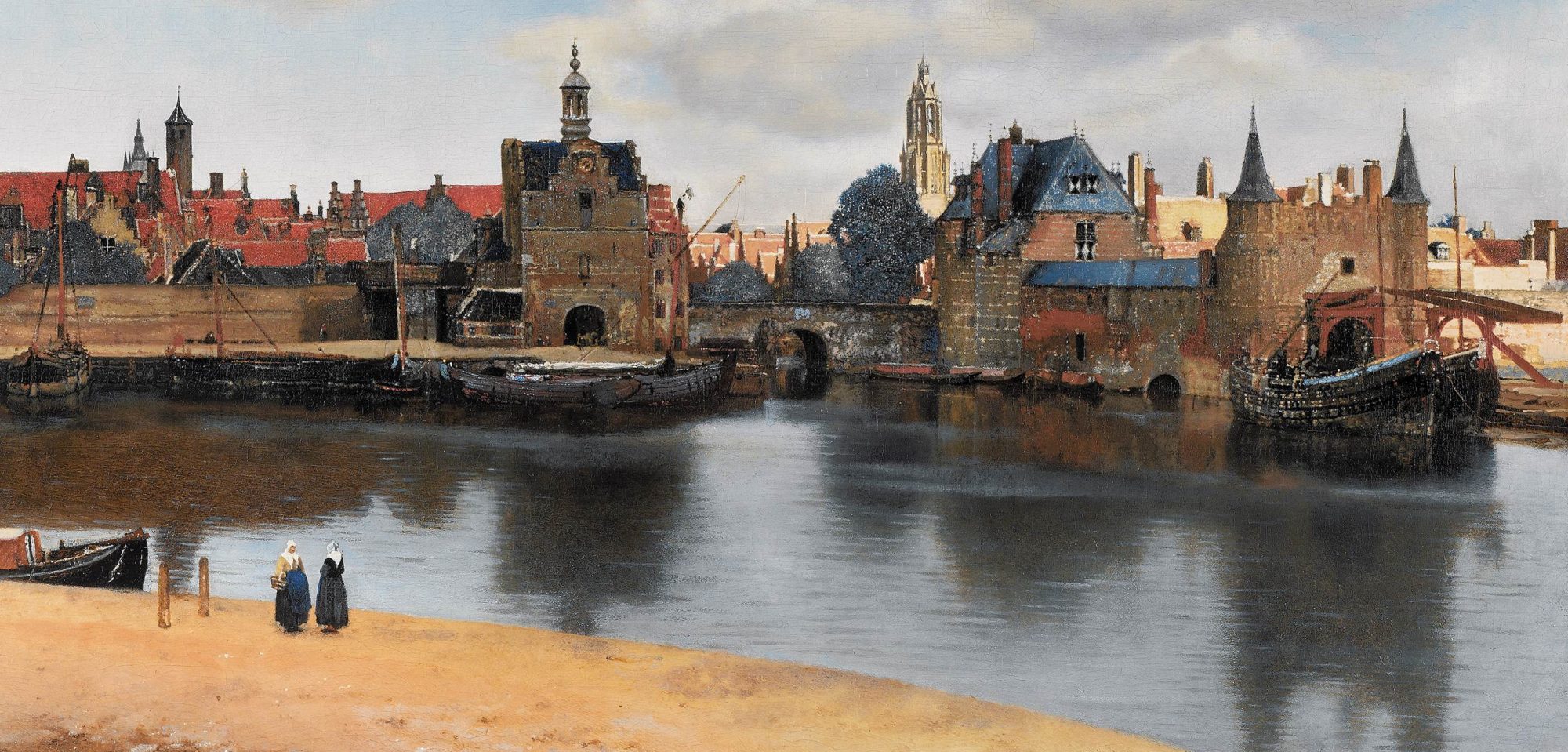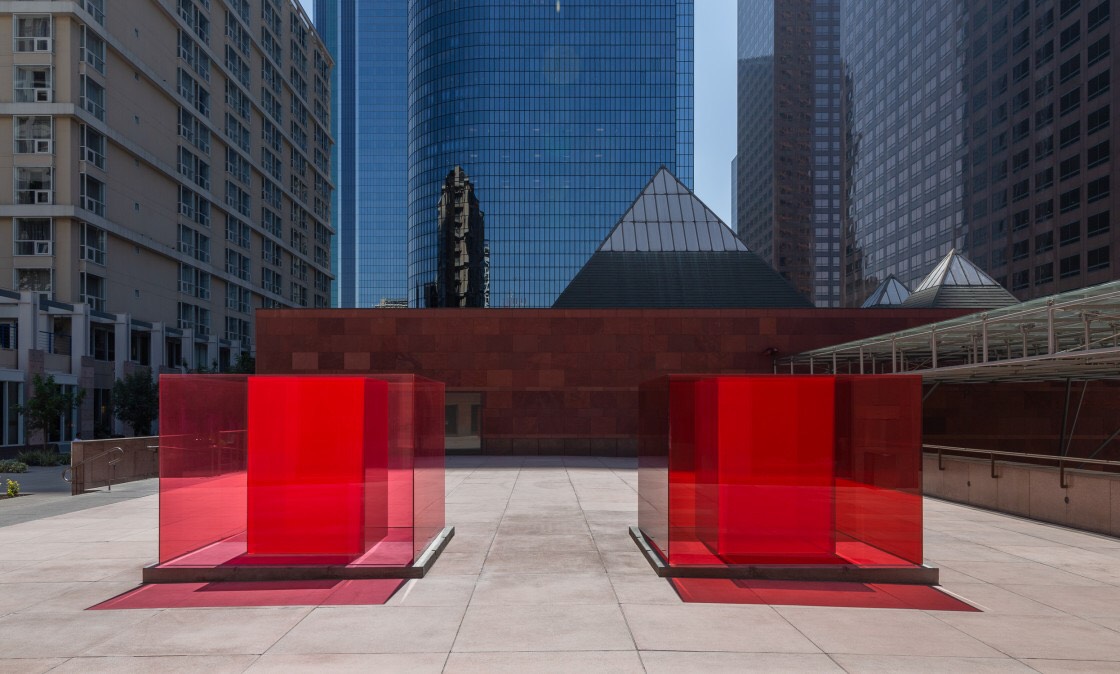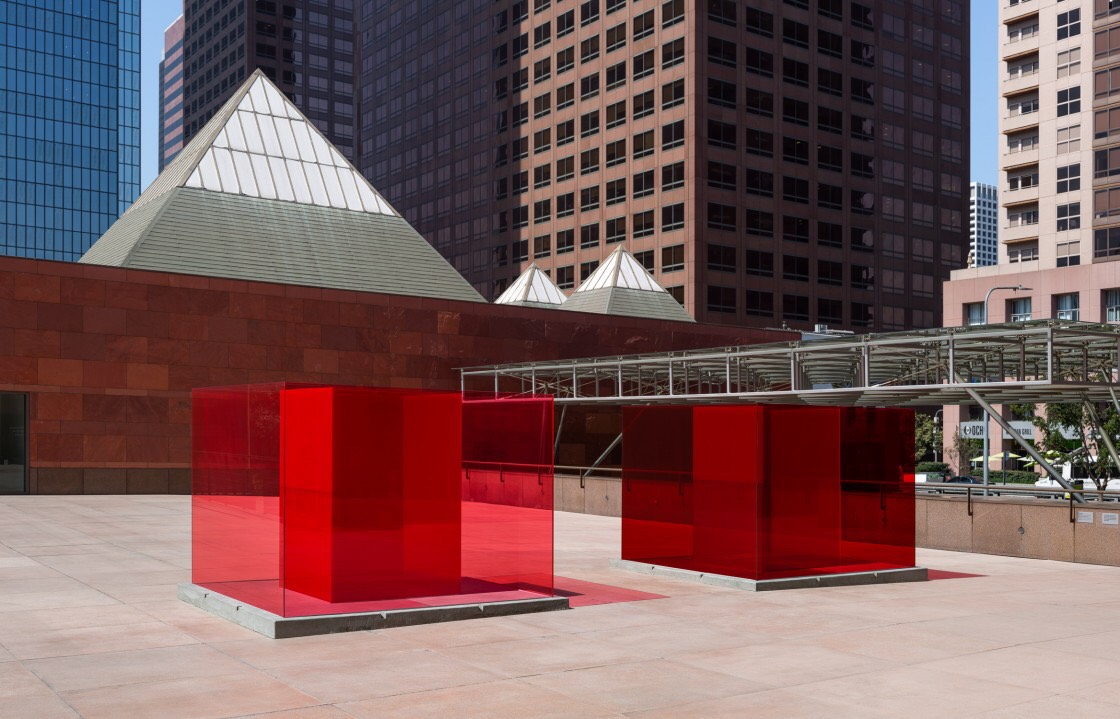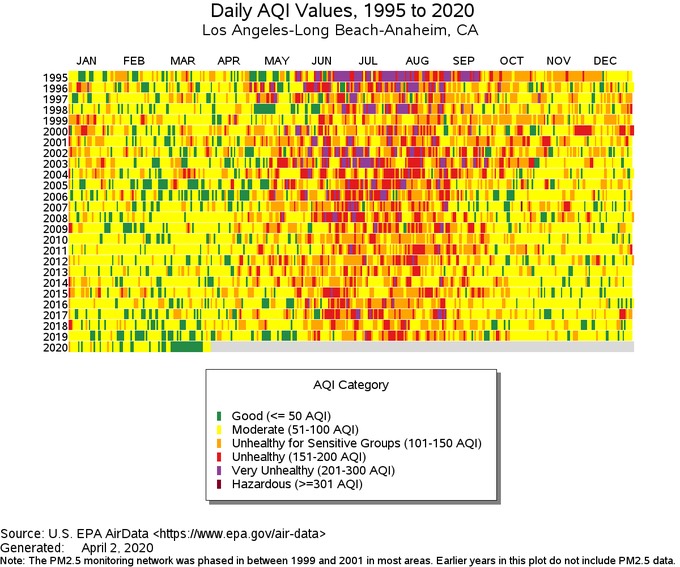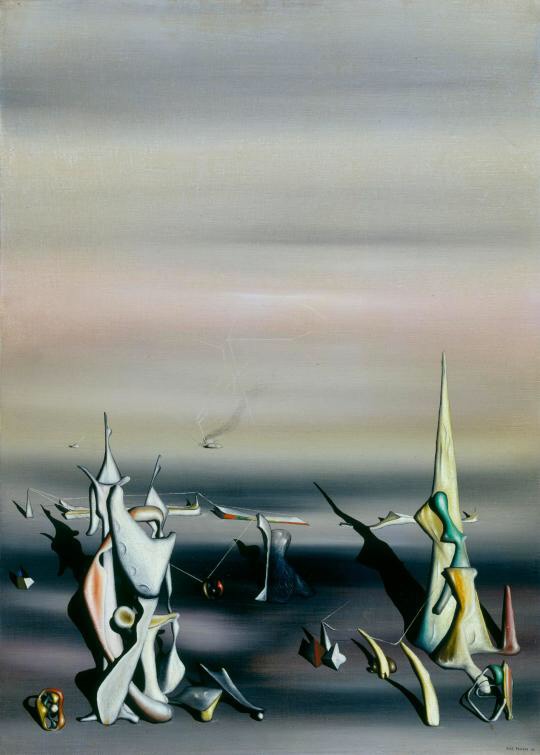In August 2014 Simon Evans of Carbon Brief, reporting on a white paper, “Fossil fuel divestment: a $5 trillion challenge,” published days earlier by Bloomberg New Energy Finance, noted that “‘fossil fuels are investor favourites for a reason’….fossil fuel investments have a history of strong performance.
“BNEF looked at seven alternative trillion-dollar sectors and found that only shares in real estate firms have paid higher dividends in recent years than fossil fuel firms.”
(Simon Evans, “Why fossil fuel divestment won’t be easy,” Carbon Brief, 27 August 2014)
Fast forward to today. Due to the impact of the Covid-19 pandemic, global energy demand in the first quarter of 2020 was 3.8% lower than in the same quarter of 2019. The IEA expects global energy demand for 2020 to decline by 6% year-on-year, a decline not seen for decades.
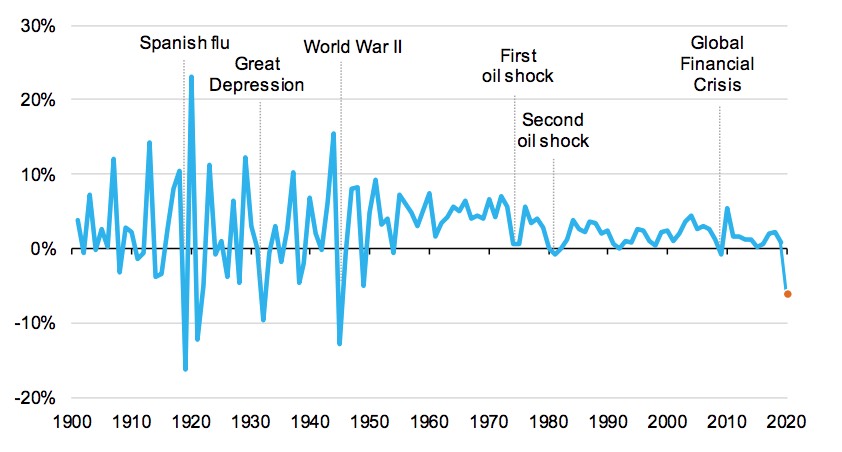
The fossil fuel sector, consistently a source of large dividends over the years, is suddenly under market stress and scrutiny from investors.
While “most analysts expected the world’s largest Western super majors … to defend their dividend at almost any cost given how important the payouts are to North American investors” (Kevin Crowley, Exxon Freezes Dividend for First Time in 13 years Amid Crash, Bloomberg, 29 April 2020), Royal Dutch Shell, Europe’s largest oil company, shocked the investing world.
Shell both reduced its dividend, the first time it has done so since World War II, for Q1 2020 and, observing that it would be neither “wise” nor “prudent” nor “responsible” to do so, announced it will not follow industry practice of borrowing against its balance sheet to finance the dividend payment.
“The Board of Royal Dutch Shell plc (“RDS” or the “Company”) today announced an interim dividend in respect of the first quarter of 2020 of US$ 0.16 per A ordinary share (“A Share”) and B ordinary share (“B Share”), reduced from the US$ 0.47 dividend for the same quarter last year.“
“The pace and scale of the societal impact of COVID 19 and the resulting deterioration in the macroeconomic and commodity price outlook is unprecedented. The duration of these impacts remains unclear with the expectation that the weaker conditions will likely extend beyond 2020.
“In response, Shell has taken decisive actions to reduce our spending and position our businesses to compete in the current lower commodity price environment and uncertain demand outlook.
“The Board of Royal Dutch Shell has taken the decision to reset its dividend to provide financial resilience and further flexibility to manage the uncertainty. Shell is taking the steps necessary to ensure that we are well-positioned for the eventual economic recovery.“
(“Royal Dutch Shell plc first quarter 2020 interim dividend,” 30 April 2020)
Not only did the dividend reduction, coupled with CEO Ben van Beurden’s further announcement that Shell would not take on debt to fund its dividend payment, shock investors, it also “tore up the industry’s playbook.”
“When the boss of Royal Dutch Shell Plc slashed his dividend on Thursday, he didn’t just shock investors,” Laura Hurst of Bloomberg commented, “he tore up the industry’s financial playbook.
“For decades Big Oil has used the strength of a large balance sheet to borrow money when the going gets tough and keeps investors sweet until the next upward cycle.
“As the coronavirus pandemic potentially causes lasting damage to energy demand, Europe’s largest oil company asked whether this strategy is sustainable.
“’I would say no,’ said Shell Chief Executive Officer Ben van Beurden. ‘It’s also not wise and prudent, nor even responsible, to pay out a dividend if you know for sure you have to borrow for it.‘”
(Laura Hurst, “Shell’s Dividend Cut Shows This Time is Different for Big Oil,” Bloomberg, 30 April 2020)
Norwegian multinational energy company Equinor (OSE:EQNR,NYSE:EQNR; formerly Statoil) announced on 23 April a cash dividend of US$ 0.09 per share for the first quarter 2020, a reduction of 67% compared to the dividend proposed for the fourth quarter 2019.
On 28 April, BP announced an interim dividend of 10.50 cents per ordinary share for the first quarter of 2020.
Gaurav Sharma, Senior Contributor at Forbes, observing that whilst first quarter profits at BP have decreased by 67% on lack of oil demand and the crude oil price crash, the company “sprung a surprise for the market by maintaining the company’s 10.5 U.S. cents per share dividend payment, hiked by 2.4% as recently as February.”
”The move,” Mr. Sharma noted, “will come as a relief to beleaguered U.K. income funds that have seen over $18.6 billion in payouts cancelled or suspended over the last six weeks.
“Collectively, HSBC, GSK, Royal Dutch Shell, British American Tobacco and BP accounted for 40% of FTSE 100 dividend payouts in 2019. With BP promising to payout, HSBC holding back following regulatory pressure, GSK, BAT and Shell, which hasn’t failed to pay a dividend since the Second World War II, appear to be in the bag.”
(Gaurav Sharma, “Profits Slump 67% At BP But Oil Major Maintains Dividend Despite Coronavirus Downturn,” Forbes, 28 April 2020)
On 29 April, Exxon Mobil Corp., based in Irving, Texas and the largest oil company in the Western Hemisphere, announced that for the second quarter 2020 it will pay a dividend of 87 cents per share. This is the same amount that was paid per share for the first quarter of 2020.
For the first time in 13 years, ExxonMobil “froze” its second quarter dividend to the amount paid in the first quarter.
Kevin Crowley of Bloomberg notes “Before now, Exxon had an uninterrupted streak of April increases going back to 2007.”
“Most analysts expected the world’s largest Western super majors, including Exxon, to defend their dividend at almost any cost given how important the payouts are to North American investors. Before today, Exxon was the third-largest dividend payer in the S&P 500 Index behind Microsoft Corp. and AT&T Inc., according to data compiled by Bloomberg.”
“The freeze may not derail Exxon’s multi decade streak of annual increases,” Mr. Crowley continues. “Even if the company maintains quarterly payouts at the current level for the rest of 2020, the annual outlay will be $3.48 a share, or 1.5% above 2019.
“’It’s definitely a sign of the times and to be expected given the price environment,’ said Jennifer Rowland, an analyst at Edward D. Jones &Co. The payout is “secure” because the company has capacity to take on debt to fund it, she said. On an annualized basis, the dividend will cost Exxon almost $15 billion this year.”
(Kevin Crowley, Exxon Freezes Dividend for First Time in 13 years Amid Crash, Bloomberg, 29 April 2020)
See:
Josh Gabbatiss, “IEA: Coronavirus impact on CO2 emissions six times larger than 2008 financial crisis,” Carbon Brief, 30 April 2020
“First Quarter 2020 Interim Dividend,” Royal Dutch Shell Plc, 30 April 2020
Laura Hurst, “Shell’s Dividend Cut Shows This Time is Different for Big Oil, ” Bloomberg, 30 April 2020
“Dividend Information, ExxonMobil dividends per common share,” Exxon Mobil, 29 April 2020
Kevin Crowley, “Exxon Freezes Dividend for First Time in 13 years Amid Crash,” Bloomberg, 29 April 2020
“BPp.l.c. Group results, First quarter 2020“, 28 April 2020
Gaurav Sharma, “Profits Slump 67% At BP But Oil Major Maintains DividendDespite Coronavirus Downturn,” Forbes, 28 April 2020
“Equinor reducing quarterly cash dividend for first quarter 2020 by 67%,” Equinor, 23 April 2020
Mikael Holter, “Norway Oil Giant Slashes Dividend to Weather Oil-Market Crash,” Bloomberg, 23 April 2020
Financial Times, “Shell dividend cut puts Big Oil investment case in focus”
Simon Evans, “Why fossil fuel divestment won’t be easy,” Carbon Brief, 27 August 2014
Nathaniel Bullard, “Fossil fuel divestment: a $5 trillion challenge,” White Paper, Bloomberg New Energy Finance, 25 August 2014
